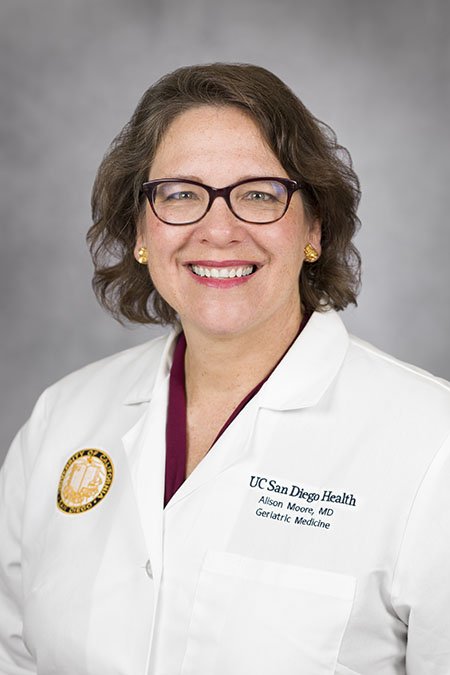With growing interest in its potential health benefits and new legislation favoring legalization in more states, cannabis use is becoming more common among older adults.
University of California San Diego School of Medicine researchers report that older adults use cannabis primarily for medical purposes to treat a variety of common health conditions, including pain, sleep disturbances and psychiatric conditions like anxiety and depression.
The study, published online October 7, 2020 in the Journal of the American Geriatrics Society, found that of 568 patients surveyed, 15 percent had used cannabis within the past three years, with half of users reporting using it regularly and mostly for medical purposes.
“Pain, insomnia and anxiety were the most common reasons for cannabis use and, for the most part, patients reported that cannabis was helping to address these issues, especially with insomnia and pain,” said Christopher Kaufmann, PhD, co-first author of the study and assistant professor in the Division of Geriatrics and Gerontology in the Department of Medicine at UC San Diego.
Patients surveyed in the study were seen at the Medicine for Seniors Clinic at UC San Diego Health over a period of 10 weeks.
The researchers also found that 61 percent of the patients who used cannabis had initiated use after age 60.
“Surprisingly, we found that nearly three-fifths of cannabis users reported using cannabis for the first time as older adults. These individuals were a unique group compared to those who used cannabis in the past,” said Kevin Yang, co-first author and third-year medical student at UC San Diego.
“New users were more likely to use cannabis for medical reasons than for recreation. The route of cannabis use also differed with new users more likely to use it topically as a lotion rather than by smoking or ingesting as edibles. Also, they were more likely to inform their doctor about their cannabis use, which reflects that cannabis use is no longer as stigmatized as it was previously.”
Given the rise in availability of CBD-only products, which is a non-psychoactive cannabinoid in contrast to THC-containing products, the researchers said it is likely that future surveys will continue to document a larger proportion of older adults using cannabis or cannabis-based products for the first time.
“The findings demonstrate the need for the clinical workforce to become aware of cannabis use by seniors and to gain awareness of both the benefits and risks of cannabis use in their patient population,” said Alison Moore, MD, senior author and chief of the Division of Geriatrics in the Department of Medicine at UC San Diego School of Medicine. “Given the prevalence of use, it may be important to incorporate evidence-backed information about cannabis use into medical school and use screening questions about cannabis as a regular part of clinic visits.”
The researchers said future studies are imperative to better understanding the efficacy and safety of different formulations of cannabis in treating common conditions in older adults, both to maximize benefit and minimize harm.
“There seems to be potential with cannabis, but we need more evidence-based research. We want to find out how cannabis compares to current medications available. Could cannabis be a safer alternative to treatments, such as opioids and benzodiazepines? Could cannabis help reduce the simultaneous use of multiple medications in older persons? We want to find out which conditions cannabis is most effective in treating. Only then can we better counsel older adults on cannabis use,” said Kaufmann.
Geriatrics at UC San Diego Health was recently ranked thirteenth in the nation in the 2020-2021 U.S. News & World Report survey. The geriatrics and gerontology team at UC San Diego Health is committed to providing top quality, evidence-based care to older adults.
Co-authors of the study include: Reva Nafsu, Ella Lifset, Khai Nguyen and Michelle Sexton, all at UC San Diego; and Benjamin Han and Arum Kim, New York University School of Medicine.
Funding for this study came, in part, from the National Institutes of Health (T35AG26757, K01AG061239, P30AG059299, K23DA043651), the Stein Institute for Research on Aging, the Center for Healthy Aging and the Division of Geriatrics and Gerontology at UC San Diego.
###
